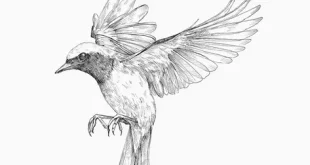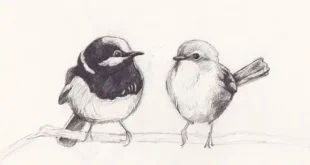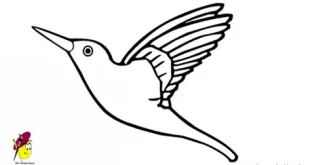Skua Birds: Masters of the Open Seas
1. Introduction to Skua Bird
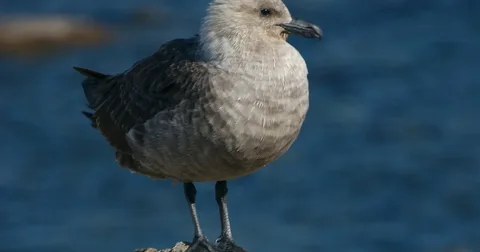
Skua birds are fascinating seabirds, widely recognized for their powerful flying abilities and remarkable survival skills. These birds are often seen roaming across vast oceanic territories, searching for food while displaying aggressive hunting behaviors. Unlike many seabirds, they are not limited to catching fish; instead, they often pursue other birds mid-air to steal their meals. Their robust build, sharp beak, and dark plumage make them perfectly suited for life in harsh coastal environments. These predators are feared among smaller seabird species because of their bold tactics, earning them the reputation of pirates of the skies. Found across both polar and temperate regions, they embody strength, adaptability, and determination in nature. With their unique lifestyle, they have become a significant subject of interest for bird enthusiasts and researchers.
2. Habitat and Distribution of Skua Birds
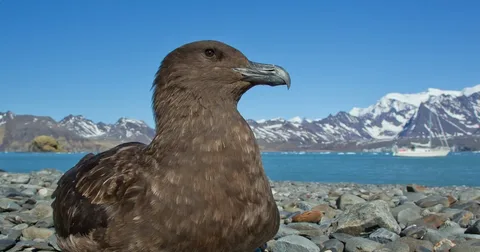
Skua birds inhabit a wide range of territories, primarily favoring cold coastal areas, icy islands, and open seas. Their distribution spans across both the Northern and Southern Hemispheres, making them truly global seabirds. They are frequently observed near Antarctica, Greenland, Iceland, and Scotland, thriving in regions where food supplies are abundant. Their strong migratory instincts enable them to travel long distances during breeding and non-breeding seasons, covering thousands of miles across oceans. Some species even venture into tropical waters when shifting habitats. These birds nest on rocky cliffs, tundra, or coastal grasslands, often choosing areas where they can defend their young aggressively. Their ability to adapt to challenging environments has helped them survive in some of the planet’s harshest conditions, making them extraordinary creatures of resilience.
3. Feeding Habits and Hunting Behavior
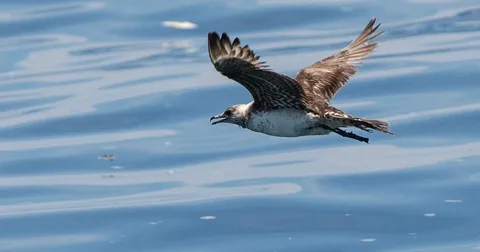
The feeding behavior of skua birds is both fascinating and ruthless, earning them a reputation as fierce aerial pirates. They are opportunistic feeders, consuming fish, small mammals, carrion, and eggs, depending on availability in their environment. Their most infamous hunting method involves chasing other seabirds, such as gulls and puffins, until they drop their prey. This behavior, known as kleptoparasitism, highlights their aggressive yet efficient survival strategies. Apart from stealing, they are also capable hunters, catching fish directly from the ocean or attacking vulnerable chicks during breeding seasons. Their sharp vision and fast flight give them an edge when competing for food in crowded colonies. Despite their intimidating methods, their role in controlling seabird populations contributes significantly to the balance of marine ecosystems, demonstrating the importance of their feeding patterns.
4. Breeding and Life Cycle of Skua Birds
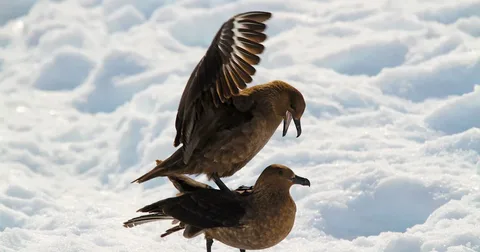
Breeding season for skua birds takes place in summer, often in remote and undisturbed regions where colonies thrive. These birds build nests directly on the ground, using vegetation, moss, or small stones to provide protection for eggs. Both parents actively participate in incubating the eggs, defending the nest with fierce aggression against potential predators or intruders. The young birds grow rapidly, feeding on regurgitated meals provided by their parents until they gain strength to fly. Once fledged, they begin practicing flight skills and soon prepare for long migrations. Skua birds can live for many years, continuing to return to the same breeding grounds annually. Their devotion to family units highlights the remarkable aspects of their reproductive cycle.
5. Importance and Conservation of Skua Birds
Skua birds play a vital role in maintaining ecological balance, ensuring population control among various seabird species. By preying on weaker or vulnerable individuals, they naturally regulate communities, supporting the overall stability of coastal environments. Despite their aggressive image, they are integral to marine ecosystems, functioning as predators, scavengers, and competitors. However, like many seabirds, they face threats due to climate change, pollution, and human activities disrupting nesting sites. Declining fish stocks in certain regions also impact their survival, forcing them to adapt continually. Conservation efforts aim to protect breeding grounds, reduce habitat disturbance, and monitor population health worldwide. Birdwatchers and researchers continue to study their behaviors to promote awareness and conservation initiatives. Protecting skua birds ensures the preservation of marine biodiversity, reminding us of the critical role these seabirds play in nature.
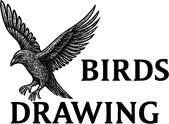 Birds Drawing Birds Drawing
Birds Drawing Birds Drawing

